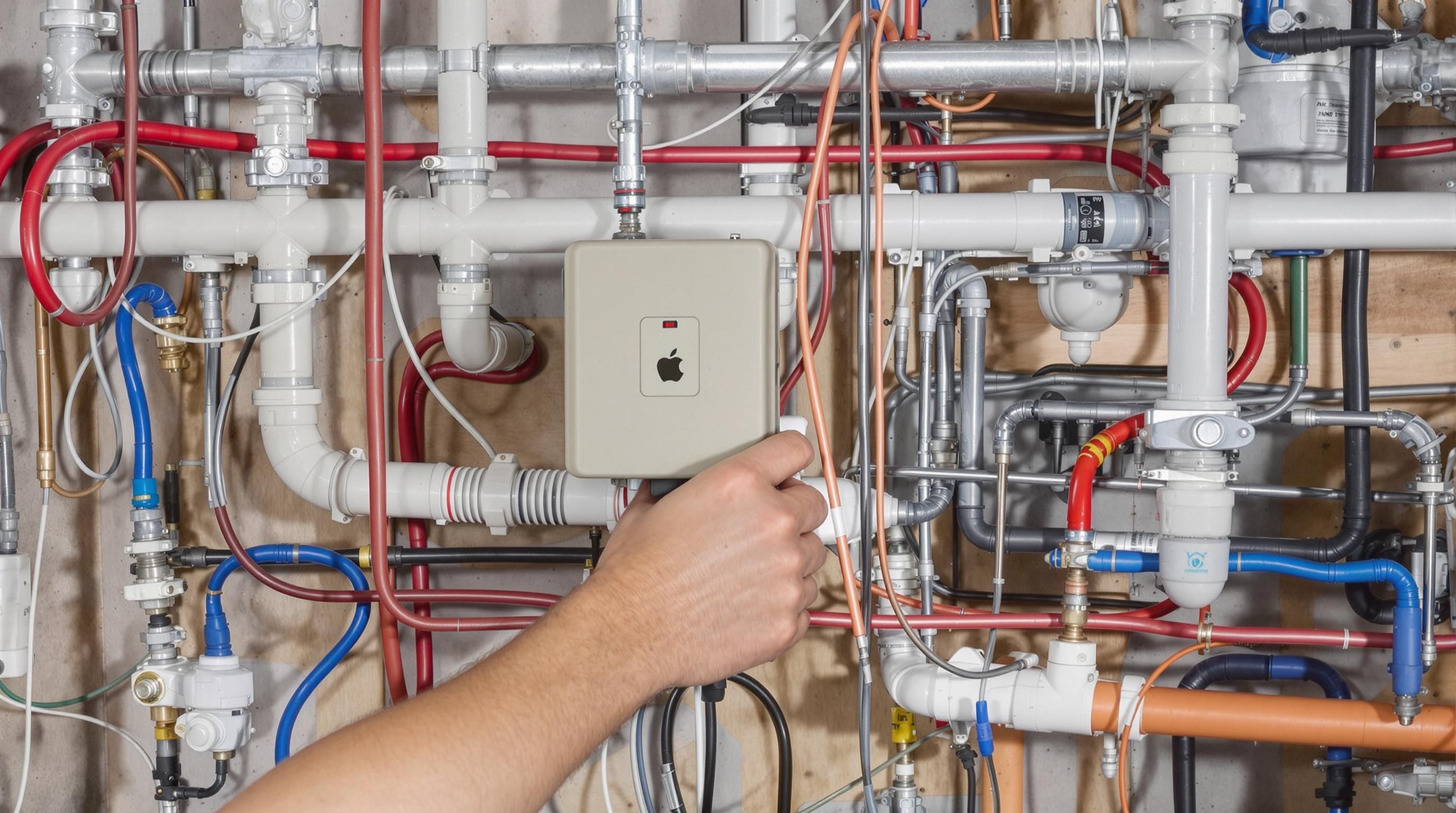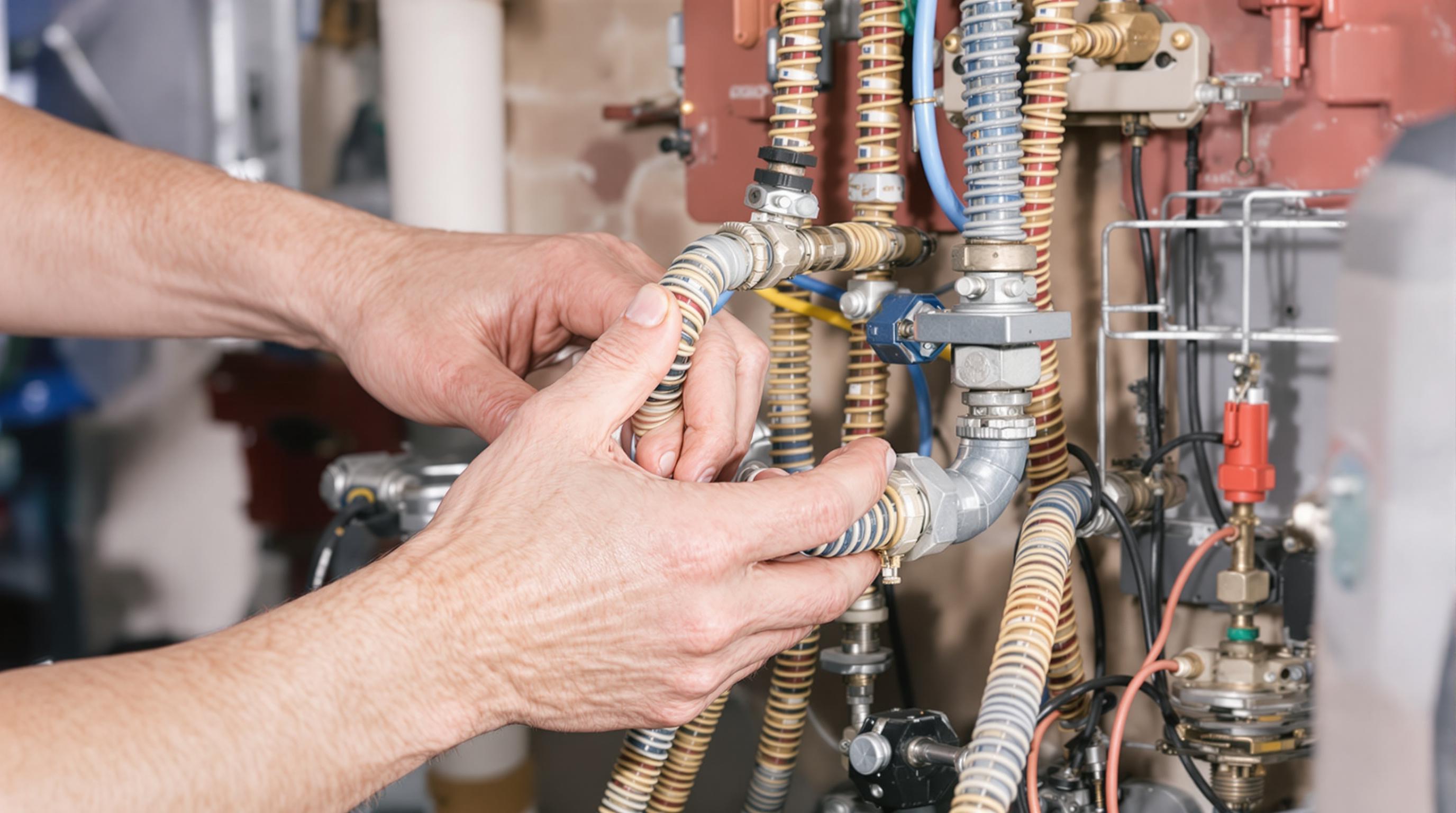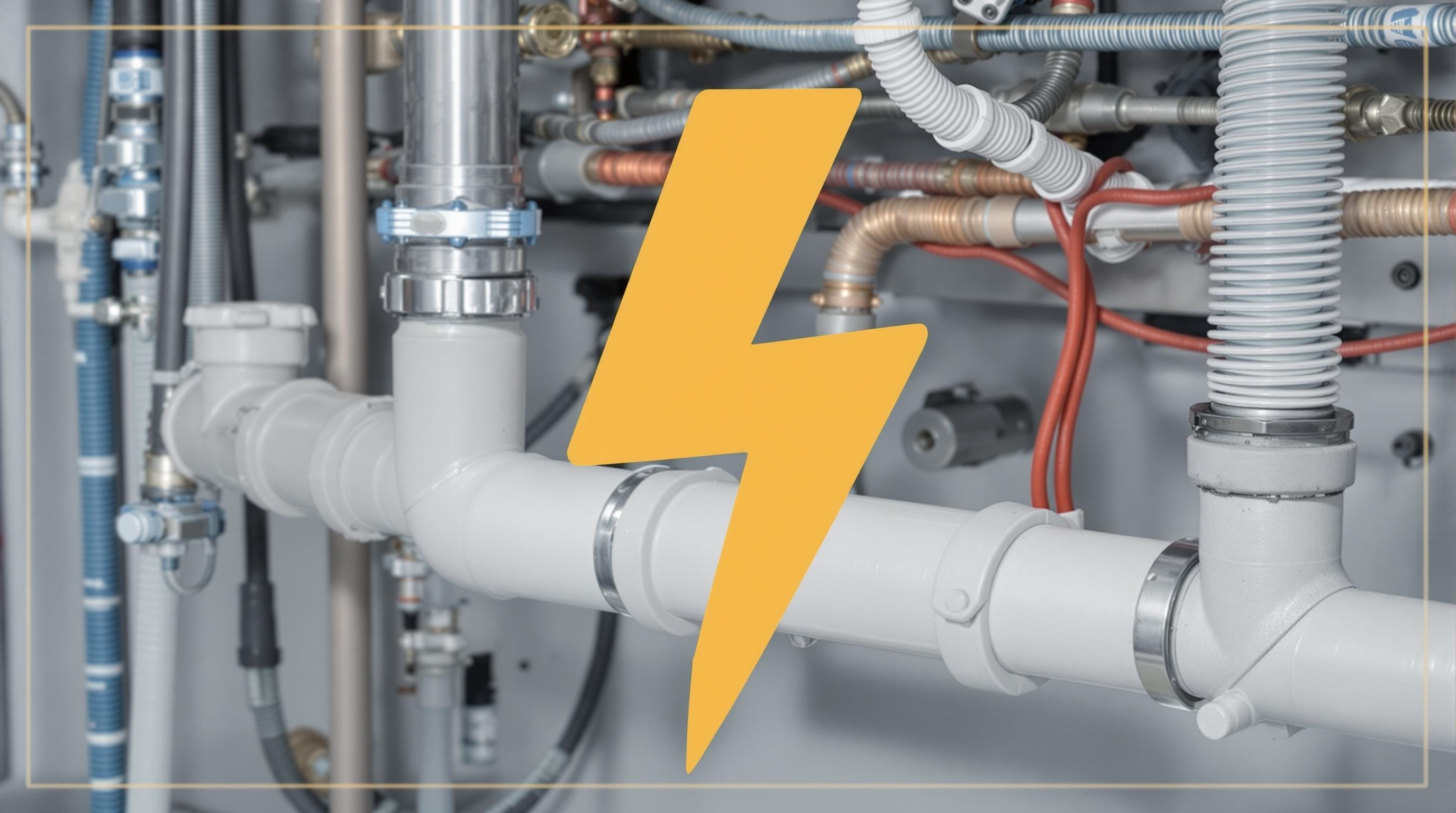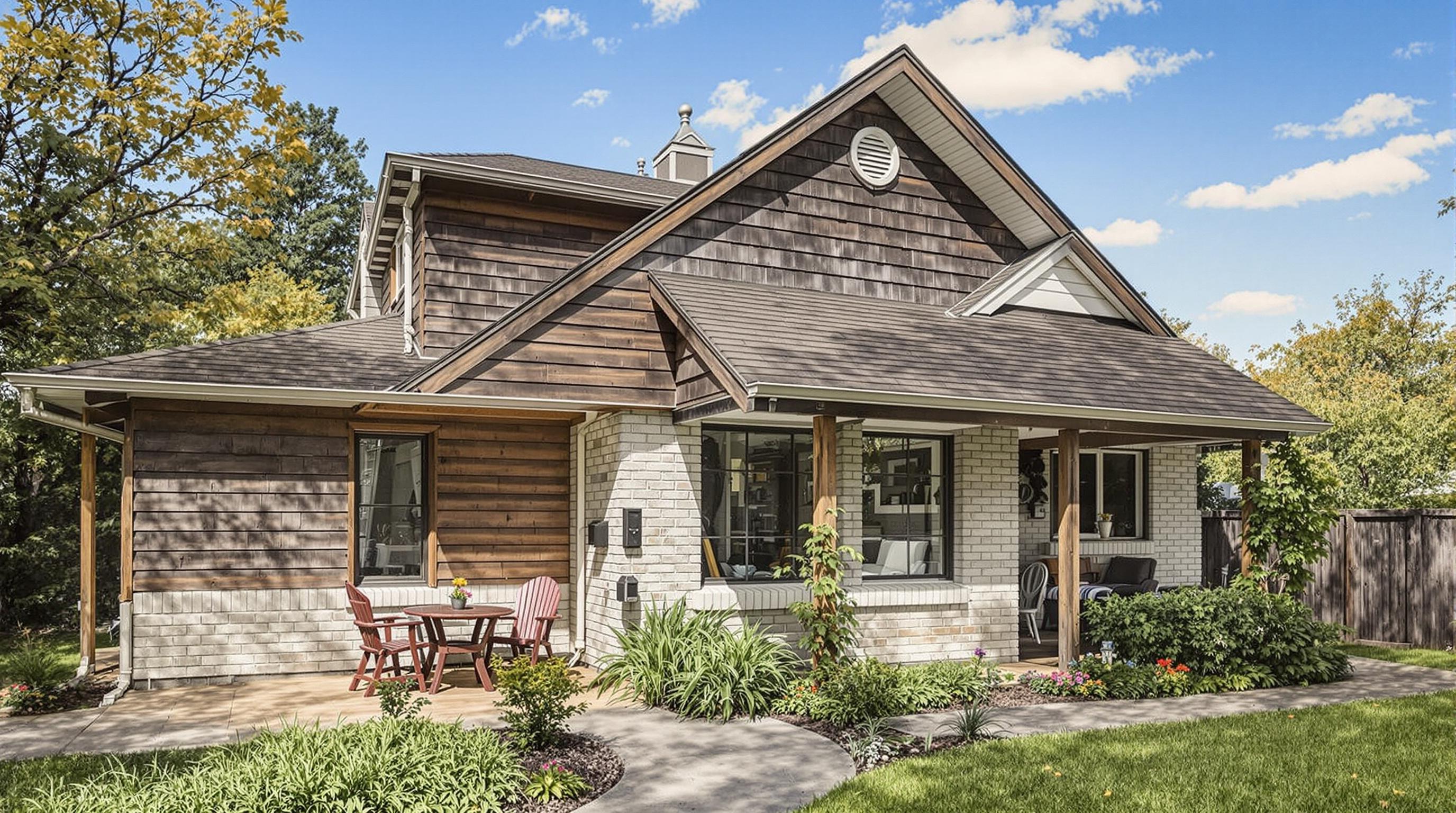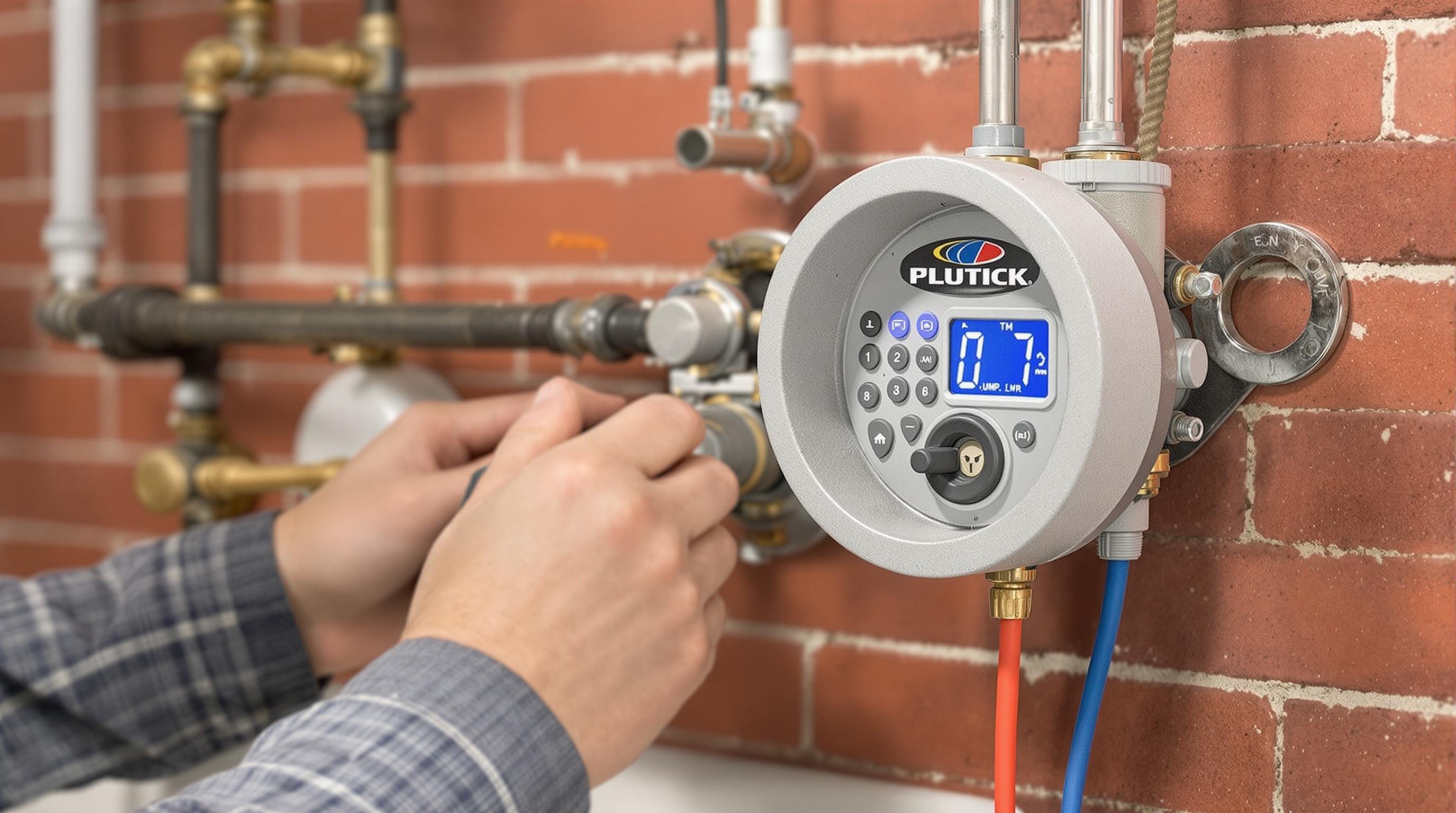Related Articles
- The Hidden Influence of Ergonomics: How Tool Design Shapes Our Physical Spaces and Daily Lives
- The Silent Influence: How Hidden Home Implements Shape Our Daily Routines and Spaces
- The Counterintuitive Role of Chaos: How Messy Tool Storage Can Lead to Unexpected Home Innovations
- Exploring the Unseen: How Audio Experiences Shape the Art of Domestic Spaces and Color Perception
- Rethinking the Mundane: How Everyday Objects are Becoming the Canvas for Modern Artistic Expression in Home Spaces
- Cultivating Chaos: The Surprising Benefits of Embracing Weeds in Your Garden Ecosystem
10 Overlooked Aspects of Plumbing and Electrical Systems That Can Influence Your Home’s Digital Connectivity and Smart Tech Integration
10 Overlooked Aspects of Plumbing and Electrical Systems That Can Influence Your Home’s Digital Connectivity and Smart Tech Integration
10 Overlooked Aspects of Plumbing and Electrical Systems That Can Influence Your Home’s Digital Connectivity and Smart Tech Integration
1. Wiring Quality and Age
The age and condition of your electrical wiring can significantly impact your home’s digital connectivity. Older homes may have outdated wiring that does not support the high-speed internet and a variety of smart devices. Electrical systems that are not properly maintained can also contribute to data interference, making devices less reliable.
Moreover, homes with aluminum wiring, common before the 1970s, can experience connectivity issues due to corrosion and increased resistance as compared to copper wiring. Copper remains the standard choice for modern installation, offering better conductivity and reliability, which is essential for today’s smart technologies.
Upgrading your wiring can be a considerable investment, but with added power demands from smart appliances, it's a necessity for ensuring that your devices function seamlessly at high speeds, enhancing your overall home experience.
2. Circuit Capacity and Load Management
Your home’s electrical system must be able to manage the load from multiple smart devices, particularly in homes filled with tech appliances. Many homes are equipped with a standard 100-amp service, which might not be enough for modern digital loads. Overloading circuits can not only lead to power outages but also create a fire hazard.
Understanding your home’s circuit capacity is crucial before integrating new smart systems. A load calculation can assess whether it’s necessary to upgrade to a 200-amp service, which provides more leeway for current digital demands. Proper load management also requires smart plugs and circuit breakers that can prevent overloads and optimize usage.
By addressing these issues proactively, homeowners can enjoy uninterrupted connectivity and optimal performance from their smart devices, ultimately increasing the value and safety of their property.
3. Router Location
The placement of your router is a critical yet often overlooked aspect of home connectivity. Many people do not consider the impact of router location on Wi-Fi signal strength and reliability. Walls, furniture, and other obstacles can obstruct signals, leading to dead zones in your home.
For optimal performance, your router should be positioned centrally in your home, elevated and free from interference caused by other electronic devices. In larger homes, mesh Wi-Fi systems may be beneficial, allowing multiple access points to help ensure consistent coverage, especially in areas where smart devices may be used.
Investing time in strategically placing your router not only improves daily connectivity but enhances the user experience for smart home devices, making them more responsive and integrated into your lifestyle.
4. Water Damage Risks
Connections between plumbing and electrical systems can present significant risks when it comes to digital connectivity. Water damage from leaks can compromise wiring, leading to increased interference and potential failure of electrical systems. In some cases, damaged wiring can create dangerous electrical hazards.
Moreover, moisture can also damage essential components of smart devices or degrade Wi-Fi signals, affecting overall functionality. Maintenance checks on plumbing systems are vital for recognizing leaks that could harm both plumbing and electrical installations.
By addressing plumbing issues immediately, homeowners can prevent damage that could jeopardize both their connectivity and safety in using advanced technologies.
5. Grounding Systems
The quality of a home's grounding system is frequently overlooked but is integral to both electrical safety and the efficacy of smart home devices. A poor grounding system can result in power surges that damage electronic devices and create connectivity issues, particularly for sensitive wireless equipment.
Updating grounding systems or ensuring they meet municipal codes can mitigate the risk of harm to electronic devices. Modern smart systems rely heavily on stable power sources, and without proper grounding, the performance of these devices can falter.
Investing in a robust grounding system not only protects against surges but also enhances the reliability and functionality of your home’s digital devices, ensuring a well-integrated smart home experience.
6. Cable Management
Cable management is often considered a cosmetic issue but can significantly affect your smart home integration. Excessive, tangled, and improperly placed cables can lead to connectivity problems and even create safety hazards. Incorrectly routed cables can cause interference that leads to slow Wi-Fi speeds or disconnections.
Utilizing cable management solutions like raised floors or under desk cable hides can ensure wires are organized and out of the way. Properly managing cables can also improve airflow around tech devices, which helps prevent overheating.
Implementing good cable management strategies can increase the longevity of your devices and provide a cleaner, more efficient smart home environment, enhancing both aesthetic and connectivity.
7. Internet Service Provider Limitations
Even the best internal systems can be adversely affected by limitations from your internet service provider (ISP). Often overlooked, issues such as inadequate bandwidth or older modems can hinder the performance of connected smart devices. If your ISP does not provide sufficient speeds to handle multiple devices, your smart technology will struggle.
A closer examination of your ISP plan may reveal that an upgrade is necessary. Many households now require gigabit internet to support their smart device ecosystems, and without this, devices can lag or lose connectivity.
By understanding and optimizing ISP performance in conjunction with your home’s internal systems, you can achieve a seamless experience with your smart technology, enhancing convenience and control.
8. Smart Device Compatibility
Many homeowners overlook the importance of compatibility when integrating smart devices into their homes. Different brands and types of devices may use various standards that could lead to connectivity issues. Knowing the compatibility specifications is crucial to avoiding buying devices that won't work together.
Additionally, ensuring your devices are capable of integrating with your existing smart hubs or home systems is vital for streamlined operation. Researching beforehand can prevent frustration down the line and lead to a more cohesive smart home experience.
Compatibility considerations extend beyond initial purchase as well; software updates and firmware management can also play significant roles in maintaining optimal connectivity among devices. Being proactive in these areas will maintain the effectiveness of your smart tech.
9. Home Automation System Setup
The manner in which you set up your home automation system plays a pivotal role in overall connectivity efficiency. Many systems rely on software configuration that, if improperly set, can lead to delayed responses or inability to communicate effectively with devices.
The network architecture you choose for your smart devices can either enhance or hinder performance. For example, utilizing protocols like Zigbee or Z-Wave can provide more reliable communication between devices compared to traditional Wi-Fi.
With smart home setups, understanding the central control system and how it interacts with individual devices ensures you create an integrated network that minimizes downtime or miscommunication within the system, vastly improving user experience.
10. Regular Maintenance Checks
Lastly, regular maintenance checks on both plumbing and electrical systems cannot be overstated. Many homeowners neglect these checks until something fails. Regular inspections can uncover potential problems that could affect not just the systems’ performances but your digital connectivity as well.
Hiring professionals for periodic evaluations can identify outdated wiring, check for leaks in plumbing, and ensure grounding systems are functional. This ongoing maintenance extends the life of both systems and enhances the performance of smart technologies throughout the home.
In a world increasingly centered around digital integration, being proactive with your home systems ensures you can fully experience the advantages of a livable, technologically advanced space.
